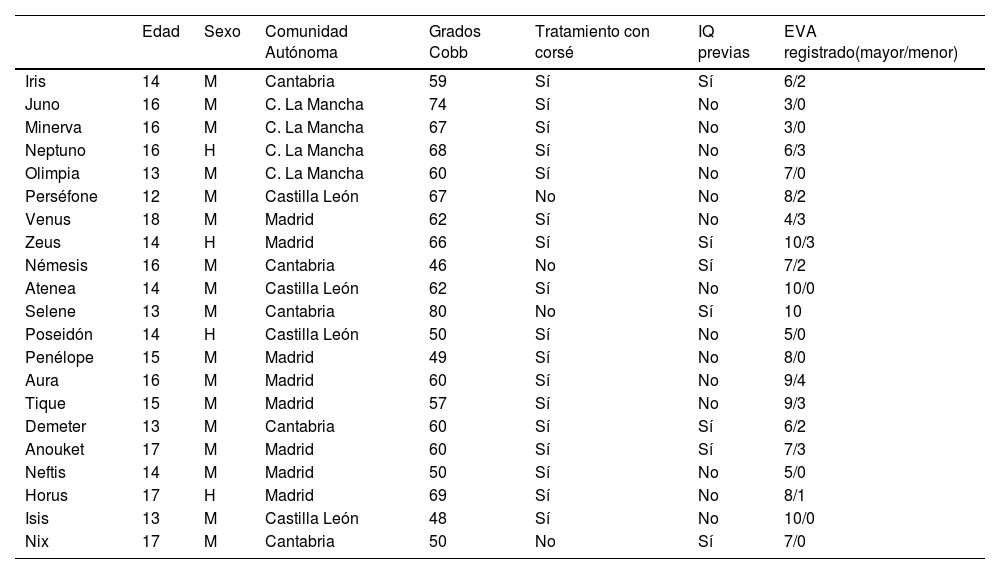Conocer el proceso que viven las y los adolescentes que padecen escoliosis idiopática al intervenirse quirúrgicamente para corregir la deformidad física.
MétodoEstudio cualitativo con enfoque interaccionismo simbólico. Se realizaron 22 entrevistas semiestructuradas a adolescentes intervenidos de fusión espinal posterior en un hospital de tercer nivel de Madrid entre mayo de 2019 y enero de 2021. Se llevó a cabo análisis en progreso de Taylor y Bogdan.
ResultadosLos pacientes con escoliosis idiopática del adolescente presentan una transición compleja simultánea de tipo salud/enfermedad y de desarrollo. Las principales condiciones inhibidoras de la transición son los significados sobre: su identidad, sociales, creencias sobre la cirugía, el desconocimiento sobre la patología, el proceso quirúrgico y su recuperación. Como condiciones facilitadoras encontramos: la actitud positiva hacia el cambio físico, estético, social, el nivel socioeconómico y el apoyo familiar.
ConclusionesLos informantes de este estudio refieren que la afectación estética y las limitaciones físicas son los principales elementos que les causan disconfort. La intervención quirúrgica se presenta como la solución a esta situación. La recuperación es un punto crítico en el proceso de transición debido principalmente al dolor. Aceptan el malestar sufrido durante la recuperación porque esperan obtener una mejora en la imagen y las limitaciones físicas. Los cambios y diferencias que experimentan durante la transición les hace pensar que van a poder llevar una «vida normal» a la que se refieren constantemente en los discursos.
To know the process experienced by adolescents suffering from idiopathic scoliosis when undergoing surgery to correct the physical deformity.
MethodQualitative study with a symbolic interactionism approach. 22 semi-structured interviews were conducted with adolescents who underwent posterior spinal fusion in a third-level hospital in Madrid between May 2019 and January 2021. Taylor and Bogdan's analysis in progress was carried out.
ResultsPatients with adolescent idiopathic scoliosis present with a complex simultaneous health/illness and developmental transition. The main inhibitory conditions of the transition are the meanings about: their identity, social, beliefs about surgery, ignorance about the pathology, the surgical process, and their recovery. As facilitating conditions, we find: a positive attitude towards physical, aesthetic, and social change, socioeconomic level, and family support.
ConclusionsThe informants of this study refer that aesthetic affectation and physical limitations are the main elements that cause them discomfort. Surgical intervention is presented as the solution to this situation. Recovery is a critical point in the transition process mainly due to pain. They accept the discomfort suffered during the recovery because they hope to obtain an improvement in the image and physical limitations. The changes and differences they experience during the transition make them think that they will be able to lead a «normal life» to which they constantly refer in their speeches.










